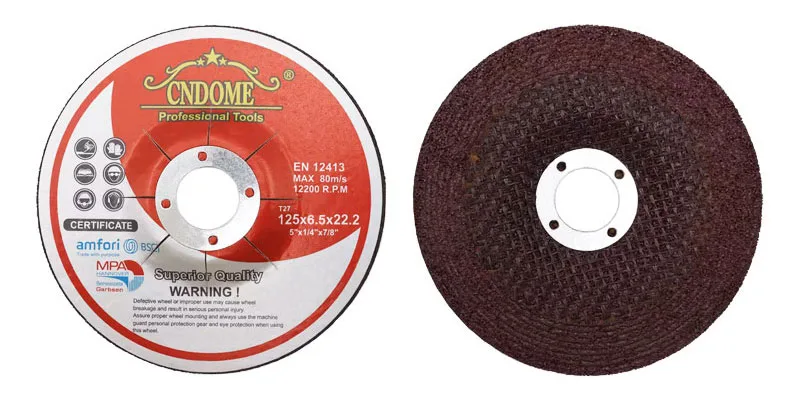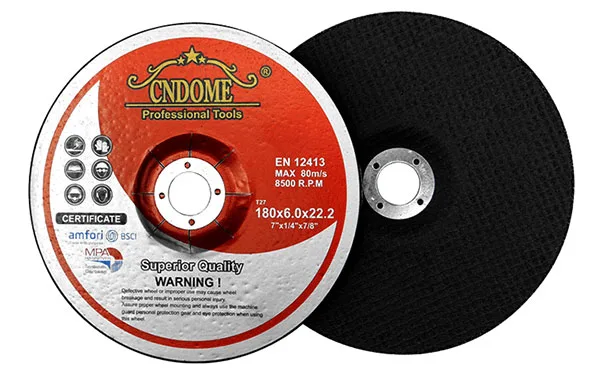Grinding wheel rings may not be the most glamorous topic, but they’re the unsung heroes of countless industrial processes. Behind their seemingly simple appearance lies a world of precision engineering and critical functionality. Today, we’ll delve into the intricacies of grinding wheel rings, exploring their composition, significance, and applications.
Understanding the Anatomy
Grinding wheel rings, also known simply as grinding rings, are essential components in various machining operations. They are circular discs typically made from abrasive materials bonded together with a matrix, forming a sturdy structure capable of withstanding high rotational speeds and abrasive forces.
The abrasive materials can vary widely depending on the intended application. Common abrasives include aluminum oxide, silicon carbide, diamond, and cubic boron nitride (CBN). Each abrasive type offers distinct characteristics, such as hardness, toughness, and thermal conductivity, tailored to specific machining requirements.
Functionality in Action
Grinding wheel rings serve a primary purpose: material removal through abrasive action. When mounted on grinding machines, they rotate at high speeds while pressed against a workpiece, effectively removing unwanted material to achieve precise dimensions, surface finish, and shape. This process is crucial in industries ranging from manufacturing and automotive to aerospace and construction.
The effectiveness of a grinding wheel ring depends on various factors, including abrasive type, grit size, bond strength, and operating parameters such as rotational speed, feed rate, and coolant usage. Achieving the desired outcome demands careful selection and optimization of these parameters to ensure efficient material removal without compromising surface integrity.
Applications Across Industries
The versatility of grinding wheel rings enables their widespread use across diverse industries:
- Manufacturing: In machining operations like surface grinding, cylindrical grinding, and centerless grinding, these rings play a pivotal role in shaping raw materials into finished components with tight tolerances and smooth surfaces.
- Automotive: From engine components to transmission gears, grinding wheel rings facilitate the precision machining of automotive parts, ensuring optimal performance and durability.
- Aerospace: In the aerospace industry, where safety and reliability are paramount, grinding rings are indispensable for fabricating critical components such as turbine blades, aerospace alloys, and structural elements.
- Construction: Grinding wheel rings are instrumental in shaping and refining construction materials like concrete, ceramics, and stone, enabling the production of architectural elements, tiles, and paving stones with impeccable precision.
Innovations and Future Prospects
Advancements in materials science and manufacturing technology continue to push the boundaries of grinding wheel rings. Nanotechnology-enhanced abrasives promise superior performance with enhanced wear resistance and surface finish. Additionally, innovations in bonding agents and manufacturing processes aim to optimize strength, stability, and sustainability.
Moreover, the integration of smart sensors and data analytics into grinding systems enables real-time monitoring and optimization of machining parameters, enhancing efficiency, consistency, and predictive maintenance.
Conclusion
Although often overlooked, grinding wheel rings are indispensable tools driving efficiency and precision across various industries. Their evolution from rudimentary stones to sophisticated engineered components underscores the relentless pursuit of excellence in manufacturing and machining. As technology advances and demands for quality escalate, these humble rings will undoubtedly continue to play a central role in shaping the world around us, one precise grind at a time.



